The Armenian cemetery in Isfahan, lying to the south of the city between the Armenian suburb of New Julfa and the high hill known as Sofe Mountain, was granted to the minority community of Armenians by Shah Abbas the Great.
Isfahan (IMNA) - The Armenian quarter in Isfahan that was established during the Safavid era by Shah Abbas I, who transported a colony of Armenian from the town of Jolfa, situated at Iran’s northern border, to the suburb of Isfahan on the Southern bank of "Zayandeh Rud" river and named the region ‘New Jolfa’. The Armenian colony who escaped the 1915 massacre of Armenians by Ottoman Turks took up residence in in Isfahan.
They settled into their new home and grew very successful and quickly started their cultural and economic activities; now they have obtained important status as a religious, ethnic, cultural, and linguistic minority in Iran.
The cemetery, which is now considered as a historical site, is the permanent home to Armenians and even some Polish who used to be Isfahan residents.
During World War II (1942–1945), hundreds of Polish orphans passed through Isfahan from Soviet Union en route to the Persian Gulf ports for departure to Africa or to New Zealand. Some of them lived in Isfahan from the beginning until the end of the war, other stayed there shortly. They had to recover their health as soon as possible, having gone through arduous experience in Soviet Union.
The graves of those Polish, who did not succeed in coming back home, situated on a separate section at the eastern border of the cemetery, at main alley dividing the cemetery and is surrounded by a rather low wall. At its right border, there are two rows of individual graves. The section includes 18 graves (1 military and 17 civilians) altogether.





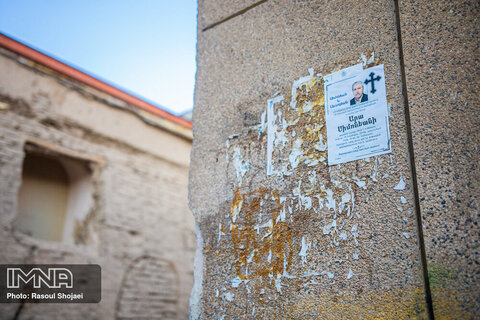










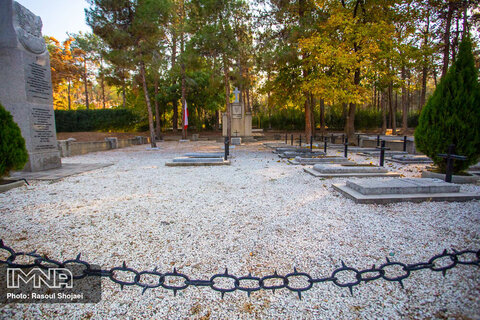




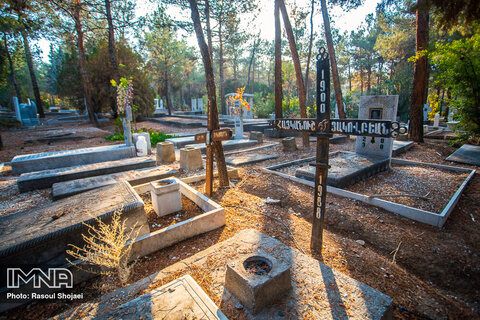


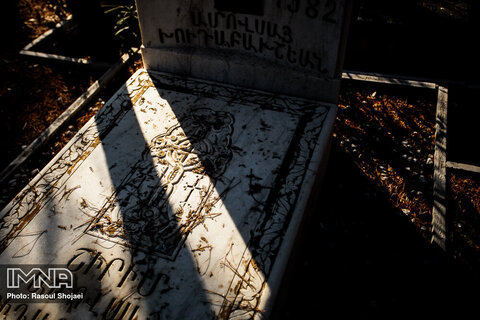


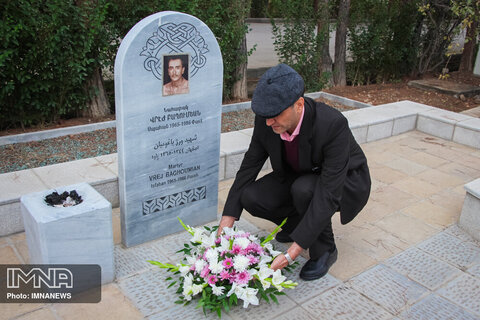
Your Comment